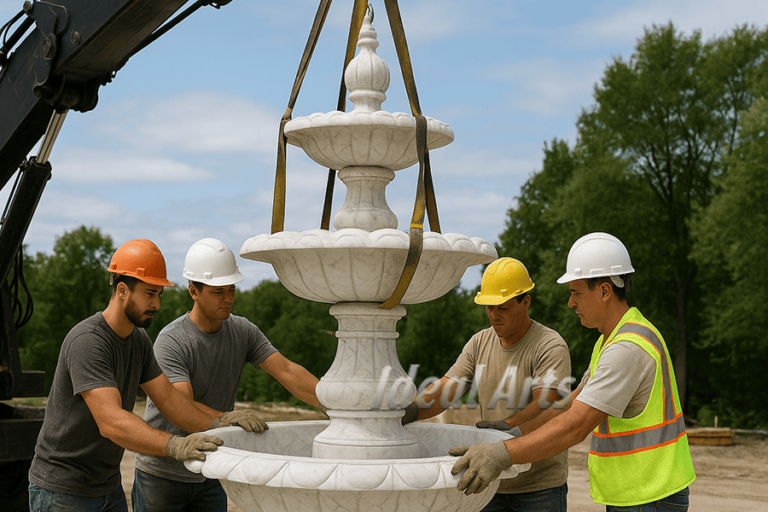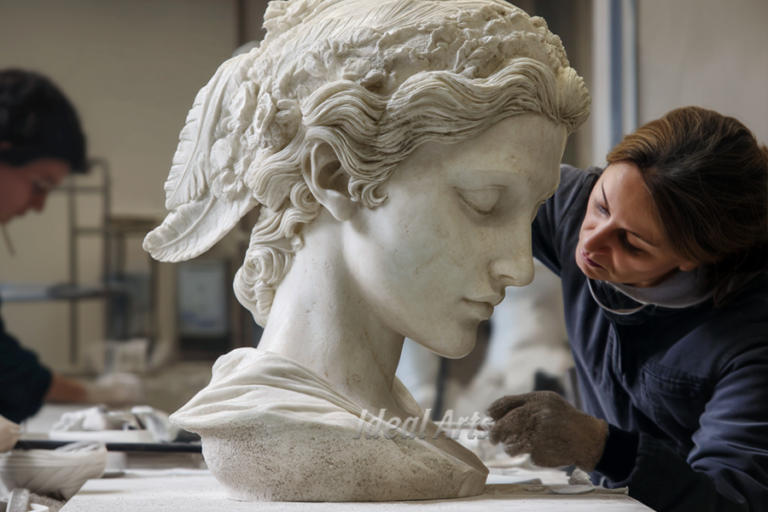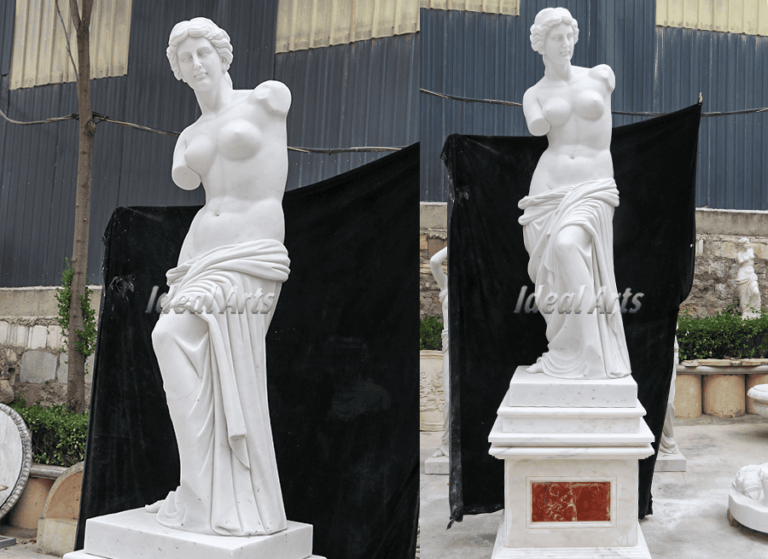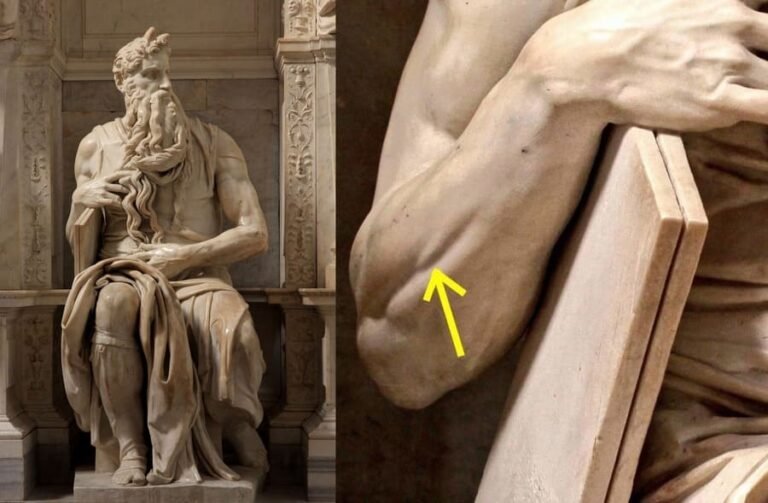The Statue of Liberty is not just a monument. It’s a powerful symbol of hope, freedom, and opportunity. But how much do we really know about its size, its story, and why it matters so much?
The Statue of Liberty is 305 feet 1 inch (93 meters) tall from the ground to the tip of the torch. From heel to the top of her head, she stands at 111 feet 1 inch (33.86 meters). This incredible size was a bold choice to represent liberty on such a grand scale.
Understanding the height of the statue is just one piece of the puzzle. There’s much more behind this symbol of freedom that stands tall in New York Harbor.
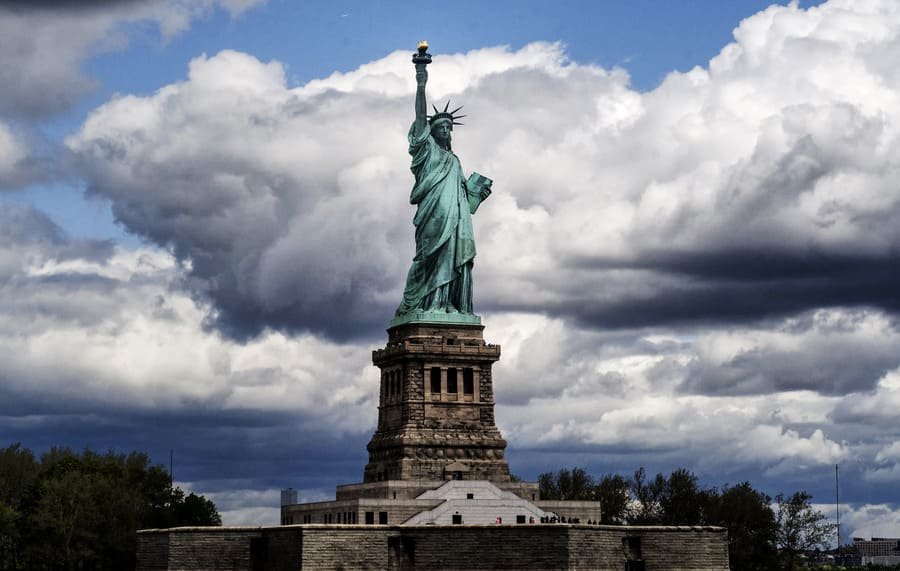
Where is the Statue of Liberty?
The Statue of Liberty is in New York Harbor, on a small island called Liberty Island.
The statue sits on Liberty Island in New York Harbor. It is close to New York City and can be seen from many places around the water.
Liberty Island: A Special Place
When you think of the Statue of Liberty, you must picture her standing strong on a small island. That place is called Liberty Island. Before it had that name, it was known as Bedloe’s Island. In 1956, the U.S. Congress changed the name to match the spirit of the statue.
| Feature | Description |
|---|---|
| Location | New York Harbor, USA |
| Size of Island | About 14 acres |
| Access | By ferry from Battery Park or New Jersey |
| Ownership | Federal government of the United States |
The reason for placing the statue there was clear. New York Harbor was one of the busiest entry points for immigrants. The statue would be the first thing many people saw when they arrived. It gave them hope for a better future.
I love thinking about those travelers. Imagine being on a ship for weeks, tired and scared. Then, you look up and see Lady Liberty. It must have felt like a dream.
The island is easy to visit today. Ferries run often, and there is a museum there too. It tells the story of how the statue was built and what it has meant to people over the years. I suggest taking the trip if you ever get the chance. It is unforgettable.
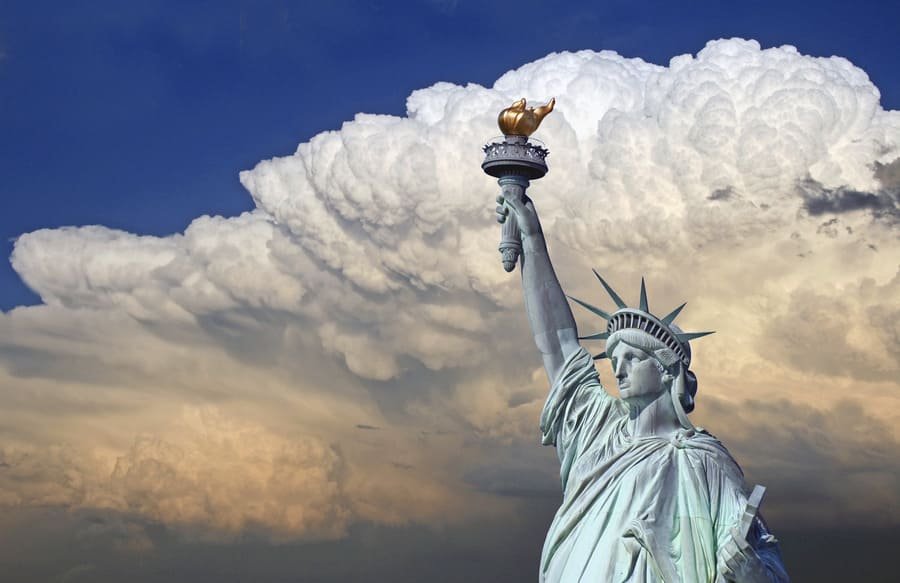
When Was the Statue of Liberty Built?
The statue was built in France and finished in 1884. It was designed by French sculptor Frédéric Auguste Bartholdi. The internal iron frame was created by Gustave Eiffel—the same man behind the Eiffel Tower.
After being completed in France, the statue was taken apart and shipped to the United States in 1885. It arrived in 350 pieces packed into more than 200 crates. Workers reassembled it on Liberty Island over the course of several months.
The official dedication of the statue happened on October 28, 1886. President Grover Cleveland led the ceremony. Since that day, it has stood as one of the most recognizable symbols in the world.
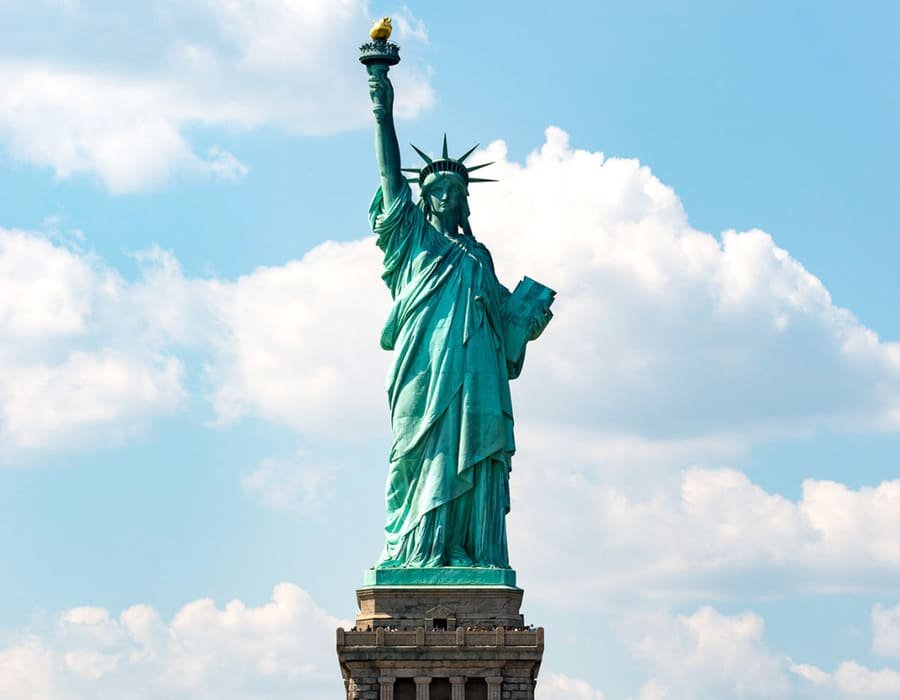
What is the Statue of Liberty Made Of?
Understanding what the Statue of Liberty is made of helps us see it not just as a symbol, but also as a remarkable work of art and engineering. The materials chosen weren’t just for looks—they were chosen with purpose, function, and meaning in mind.
Let’s break this down into three parts:
1. Materials Used
The Statue of Liberty is made mainly of copper, iron, and steel. The outer layer is copper, which has now turned green because of oxidation. The internal frame is a mix of iron (originally) and now stainless steel after restorations.
Here’s a table summarizing the main materials:
| Part of the Statue | Material | Purpose | Interesting Fact |
|---|---|---|---|
| Outer skin | Copper | Shape and appearance | About 31 tons of copper were used |
| Internal framework (1886) | Wrought iron | Structural support | Designed by Gustave Eiffel |
| Current internal support | Stainless steel | Strong, durable frame after restoration | Replaced iron during the 1986 restoration |
| Foundation base | Concrete & granite | Stability | The pedestal is 89 feet tall |
| Torch flame (original) | Copper covered in gold leaf | Visibility and symbolism | The current flame was added in 1986 and shines in daylight |
The copper sheets are only 0.1 inches thick but are strong enough to withstand time, storms, and sea air. Over time, the copper turned green, forming a protective layer called a patina. This patina actually keeps the metal from rusting.
2. The Science Behind It
When copper is exposed to air and water over time, it undergoes oxidation. This process turns shiny copper into green patina. Many people think the green color was painted on, but it’s actually a result of nature. The patina formed by the 1920s, and it has protected the statue ever since.
Iron was used in the original support structure, but it began to corrode. In 1986, a full restoration replaced much of the iron with stainless steel. This change helps the statue stay strong for future generations.
3. Why These Materials Matter
Every material chosen for the Statue of Liberty had a reason behind it:
- Copper was easy to shape and light enough to ship.
- Iron was strong and available in the 1800s.
- Stainless steel in the restoration made it future-proof.
- Gold leaf added to the torch gives the statue its glow.
Even the torch is symbolic. The gold reflects sunlight and acts as a beacon of hope. The chains at the statue’s feet, though often hidden from view, are made of iron and represent the breaking of slavery and oppression.
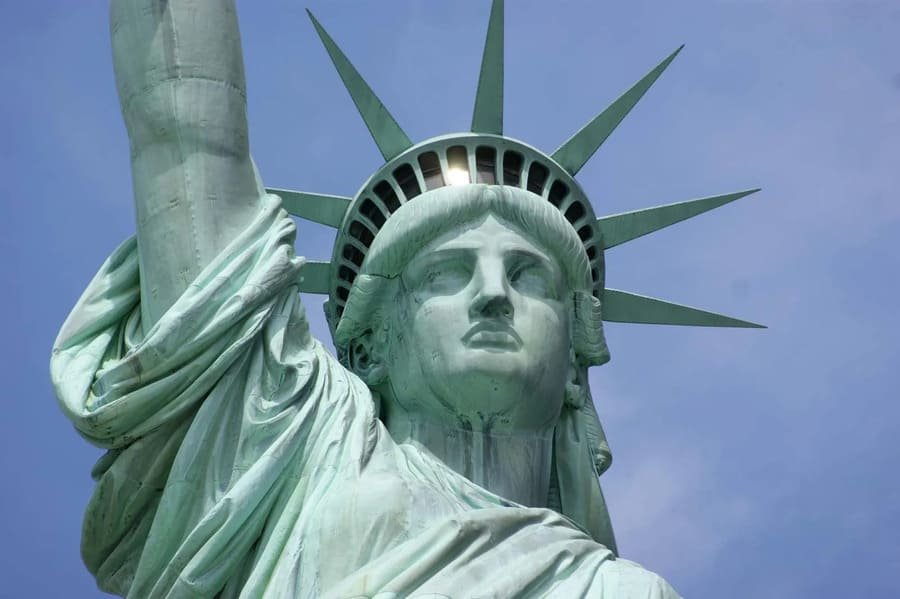
Why Did France Give Us the Statue of Liberty?
The gift of the Statue of Liberty from France to the United States was not a random gesture. It came from a deep connection between the two nations and a shared belief in liberty, democracy, and human rights. But to really understand why France gave the statue, we have to look at what was happening in both countries at the time.
1. Historical Background
After the American Revolution, the United States and France remained close allies. French leaders and thinkers admired the U.S. for its new democratic government. Many in France hoped their country would follow a similar path. But by the mid-1800s, France was going through political instability, with swings between monarchy, empire, and republic.
In 1865, a French law professor and abolitionist named Édouard de Laboulaye came up with an idea. He believed that if France could build a statue celebrating liberty and give it to the U.S., it would honor the American struggle for freedom and also send a message to the French people: liberty is possible.
The project took years to come to life. Sculptor Frédéric Auguste Bartholdi designed the statue. The French people raised money to build it. The Americans agreed to build the pedestal it would stand on.
2. Shared Values
The statue was more than a gift. It was a symbol. France and the United States both valued:
- Freedom from oppression
- Representative government
- Equal rights
- Hope for the future
Bartholdi and Laboulaye believed that the statue could stand as a promise of those ideals, not just to Americans, but to the world.
3. A Timeline of the Gift
Let’s look at how this gift came together step by step:
| Year | Event | Details |
|---|---|---|
| 1865 | Idea proposed by Laboulaye | Suggested a monument to celebrate U.S. independence and shared liberty |
| 1871 | Bartholdi visits U.S. to choose site | Picks Bedloe’s Island (now Liberty Island) in New York Harbor |
| 1875 | Fundraising begins in France | French citizens donate money through events, art sales, and public drives |
| 1880 | Construction of statue begins | Built in France in sections |
| 1884 | Statue completed in France | Presented to U.S. ambassador in Paris |
| 1885 | Statue shipped to New York in 350 pieces | Arrives on the French ship Isère |
| 1886 | Statue reassembled and dedicated in New York | Official ceremony held on October 28 with President Grover Cleveland |
The statue was a gift from the people of France to the people of the United States. It was not from one government to another, but from citizens who believed in the power of liberty.
4. Symbolism Within the Gift
- Torch: A light of freedom carried forward
- Tablet: Law and liberty go together (inscribed with July 4, 1776)
- Chains: Breaking away from slavery and tyranny
- Face: Calm and strong, symbolizing peaceful freedom
Every piece of the statue had meaning. It was carefully designed to speak to the heart and soul of both nations.
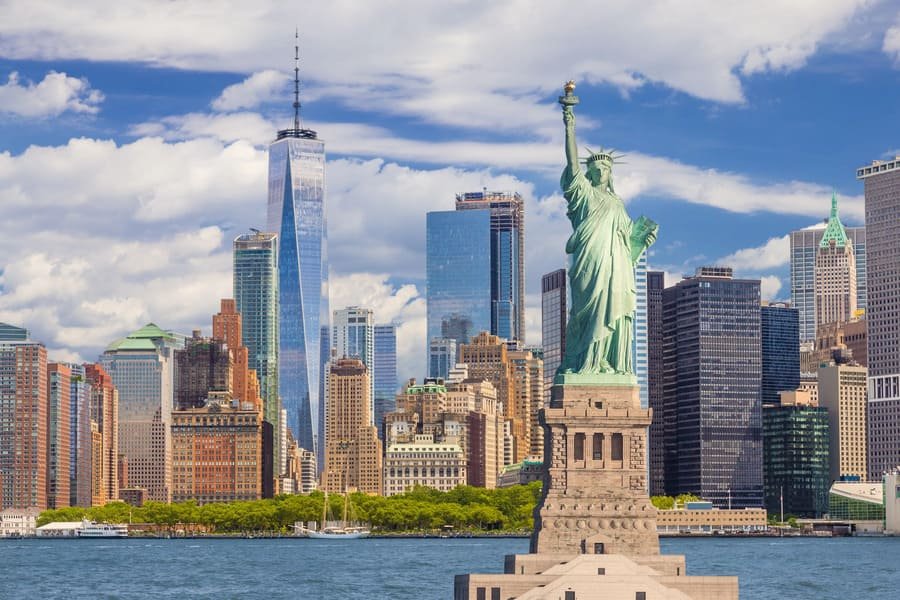
What Does the Statue of Liberty Represent?
The Statue of Liberty is not just a piece of art. It is full of meaning, built into every part of its design. When you look at it, you are seeing a set of powerful ideas: freedom, democracy, and hope for a better life.
Let’s explore these ideas one by one.
1. Core Meanings of the Statue
At its heart, the Statue of Liberty stands for:
- Freedom: She holds a torch to light the way to liberty.
- Democracy: She carries a tablet with the date of the Declaration of Independence.
- Hope: She welcomes immigrants and travelers arriving by sea.
These meanings are not just ideas. They are built into every part of the statue’s structure.
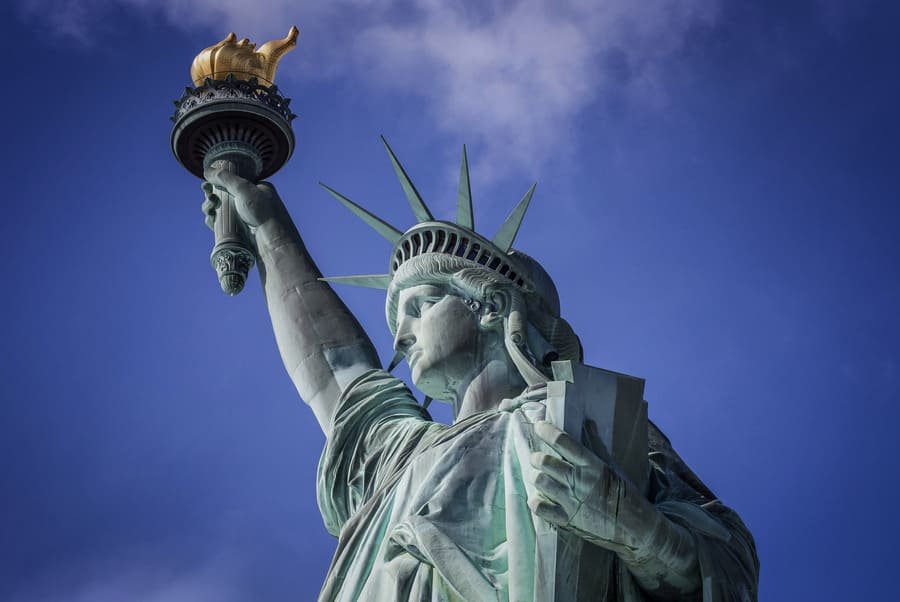
2. Symbolic Elements of the Statue
Each part of the statue has a specific meaning. Here’s a table that explains:
| Part of the Statue | Symbolism | Meaning |
|---|---|---|
| Torch | Light guiding people to freedom | Enlightenment, leadership, hope |
| Tablet | Law and the importance of July 4, 1776 | The foundation of American democracy |
| Crown with seven rays | Seven continents and seven seas | Freedom reaching every part of the world |
| Broken chains at feet | Breaking free from tyranny and oppression | Liberation, end of slavery and injustice |
| Robe | Based on classical Roman garments | Represents the Roman Republic, a model for modern democracy |
Everything about the Statue of Liberty was designed to send a clear message: liberty is a global idea, and America is a place where that dream can become reality.
3. Emotional Impact of the Statue
For millions of immigrants arriving in the United States between 1892 and 1954, the Statue of Liberty was their first sight of America. Imagine arriving after weeks at sea, tired and uncertain about the future. Then seeing Lady Liberty standing tall, offering hope and a promise of freedom.
Even today, the statue has a powerful emotional effect. It reminds people:
- They are welcome.
- Their dreams matter.
- Freedom is always worth protecting.
The Statue of Liberty connects the personal journeys of individuals with the larger story of a nation built on ideals.
4. Global Symbol
Though it is located in America, the Statue of Liberty speaks to people all over the world. Her message is not only for Americans but for anyone who values freedom, equality, and human dignity.
She reminds us that:
- Freedom is a light in dark times.
- Democracy must be protected.
- Hope can cross oceans and borders.
That is why today, the Statue of Liberty remains one of the most recognized and beloved symbols in the world.

The first time I saw the Statue of Liberty in person, I was completely blown away. I had only seen her in pictures my whole life. But standing on Liberty Island was something completely different. I could feel the depth of meaning in the air. It was not just a tourist attraction, but a place that held history.
What struck me most was the size of it. Photos can’t do justice to her true grandeur. When you stand on the pedestal and look up, the impact is overwhelming. The folds of her robe, the details on her face, the huge torch she holds aloft – everything seems larger than life and powerful.
At the same time, it also feels warm. When you gaze into the face of the Statue of Liberty, she doesn’t smile too much, but she’s not stern either.
I think the Statue of Liberty is more than just a big monument. She is a feeling. She is hope, strength, and welcome.
To me, Lady Liberty is not just a statue. She is a promise. A promise that freedom is worth fighting for, that hope should never die, and that together, we are stronger.

